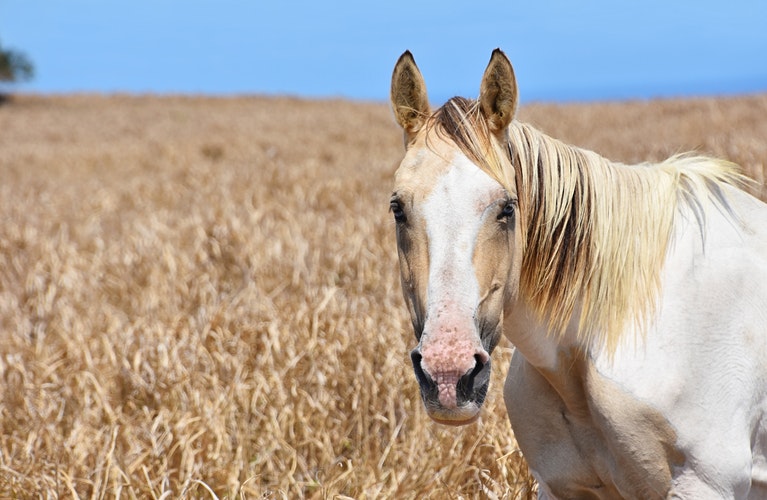
Hi everyone, this post may be a little shorter than usual, due to a few few full-blown tantrums from my little ones over the course of the day. One involved a potty training accident that required a thorough hose-down in the bathtub. I am slightly frazzled and not very lucid.
A few months ago, I was talking at a conference about what race, equity, diversity, and inclusion look like in every day practices. “These concepts have been like coconut water,” I said, “everyone’s drinking them after hot yoga. But how are we actually changing our hiring, communications, board governance, evaluation, fundraising, and other areas?”
After my presentation, a colleague raised her hand. “My organization does not focus on social justice,” she said, “We address cancer, which does not discriminate; it affects every one of all races. How are these concepts applicable to my organization?”
I was glad she asked that question, because I am sure others feel the same way. Another time, a different colleague wrote, “while measures of injustice, inequity[,] and racial oppression might be appropriate outcomes for your nonprofit—ours is reduction in hunger. Which might lead to all those other things but really—we care about feeding kids.”
Continue reading “So you don’t think race, equity, diversity, and inclusion are relevant to your mission”



